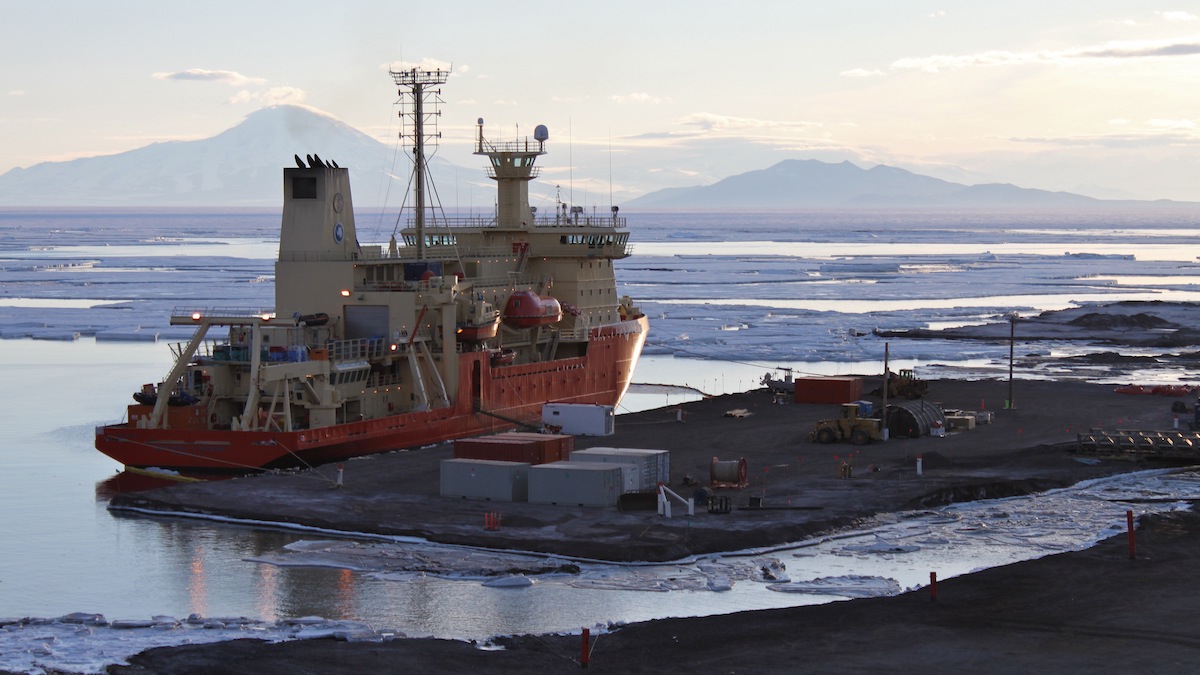Research & Developments is a blog for brief updates that provide context for the flurry of news regarding law and policy changes that impact science and scientists today.
On 28 July, more than 170 researchers sent a letter to National Science Foundation leaders and Congress, urging them to reconsider the decision to terminate the lease of the Nathaniel B. Palmer, the United States’ only Antarctic research vessel-icebreaker (RVIB) and a key part of science operations around the White Continent.
NSF revealed plans to end its lease with Offshore Service Vessels, the icebreaker’s owner, in its May budget request for 2026. An NSF spokesperson confirmed the plan to Science on 28 July, saying the lease would be terminated in October.
“This decision forecasts the decline of an exceptional history of U.S. scientific contributions,” the letter’s authors wrote.
The Palmer has operated since 1992, spending much of its time in the Southern Ocean. There, scientists have collected data to gain understanding of Earth’s past, ocean processes, and the changing sea ice in Antarctica, including Thwaites Glacier—the so-called “doomsday glacier.”
At a planning meeting earlier this summer, NSF officials said the R/V Sikuliaq would take over some of the work planned for the Palmer. But the Sikuliaq may not be up for the task: The ship is “wholly unsuited to most of what we do in Antarctica,” Julia Wellner, a marine geologist at the University of Houston, told Science.
The research community has long been sounding the alarm about the dwindling U.S. Academic Research Fleet. Many vessels in the fleet have passed or are nearing the end of their original design lives, and although mid-life refits can extend their use, the yearslong process of designing, building, and outfitting a new vessel means the time to invest in replacements is now, according to ocean scientists.
“If federal budgets don’t keep pace to enable science, U.S. expertise in ocean science is largely going to continue to dwindle,” Paula Bontempi, an oceanographer at the University of Rhode Island, told Eos in January. “An investment in our ocean enterprise as a country is an investment in our shared future.”
Last year, NSF retired the JOIDES Resolution, a beloved ocean drilling vessel that had been conducting research for 4 decades, without plans to build or acquire a replacement. It also ended support for its other Antarctic research and supply vessel, the R/V Laurence M. Gould. In addition to ending operations of the Palmer, this year’s budget request also proposed to cut funding for a potential replacement vehicle for the ship.
“We urge reconsideration of the decision to terminate the lease of the RVIB Nathaniel B. Palmer, and the continued forward-looking development of the next generation of Antarctic research vessels that will continue US leadership, scientifically and geopolitically, in the high southern latitudes,” the letter’s authors wrote.
—Grace van Deelen (@gvd.bsky.social), Staff Writer
These updates are made possible through information from the scientific community. Do you have a story about how changes in law or policy are affecting scientists or research? Send us a tip at [email protected].


